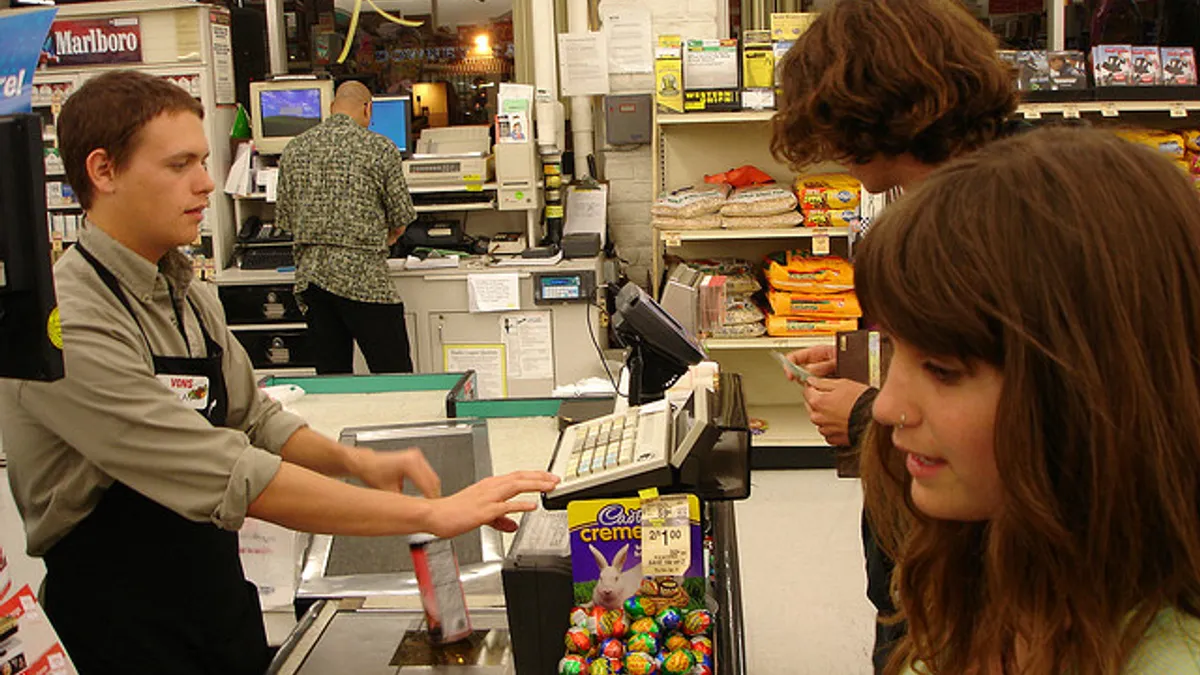Dive Brief:
-
More shoppers will be attempting fraudulent returns this year, according to a report from the National Retail Federation. Some 3.5% of retail holiday returns this year will be fraudulent, up from 3% last year. That is expected to cost retailers $2.2 billion, up from some $1.9 billion last year.
-
Because 10% of holiday returns are likely fraudulent and with the problem apparently growing, more retailers (85%) are requiring identification compared to 71% last year.
-
E-commerce has an advantage in this area, with just 1% of web purchases returned to stores suspected to be fraudulent.
Dive Insight:
About a quarter of retail returns are from holiday purchases, according to reverse logistics company Optoro. Retailers with stricter policies are presumably less likely to see fraud.
Apple, Barnes & Noble, and Lululemon, for example, require shoppers to return their purchases within 14 days and Best Buy allows just a day longer. Forever 21 allows 21 days for returns of purchases in store, a bit longer for online purchases, while Sears and GameStop allow 30 days but don’t accept them without a receipt.
Returns in general in 2015, including holiday returns and including fraudulent returns, will cost retailers $260.5 billion in sales, according to the National Retail Federation. More than 90% (91.9%) of retailers said their customers have attempted to return stolen merchandise, tracking with last year’s 92.7%. “Wardrobing,” or the return of used, non-defective merchandise, continues to be a problem, with 72.6% of retailers polled saying they’ve seen it this past year, similar to last year’s 72.7%.
But a looser return policy can also be a strength for a retailer and a source of customer loyalty. And getting stricter about returns, which many retailers have begun to do, doesn’t necessarily cut down on fraud, save money, or simplify the supply chain, research has found.
In fact, strict return policies can backfire, making customers less likely to buy, and, perhaps most surprising, more likely to return a purchase. A University of Arizona study published in the Journal of Consumer Psychology looked into the consequences of stricter retail return policies and found that when customers have a smaller window or more hoops to jump through to return an item, they’re actually more likely, not less, to return it.








